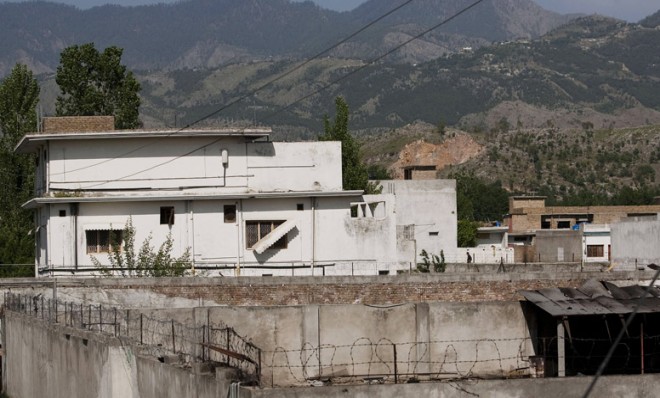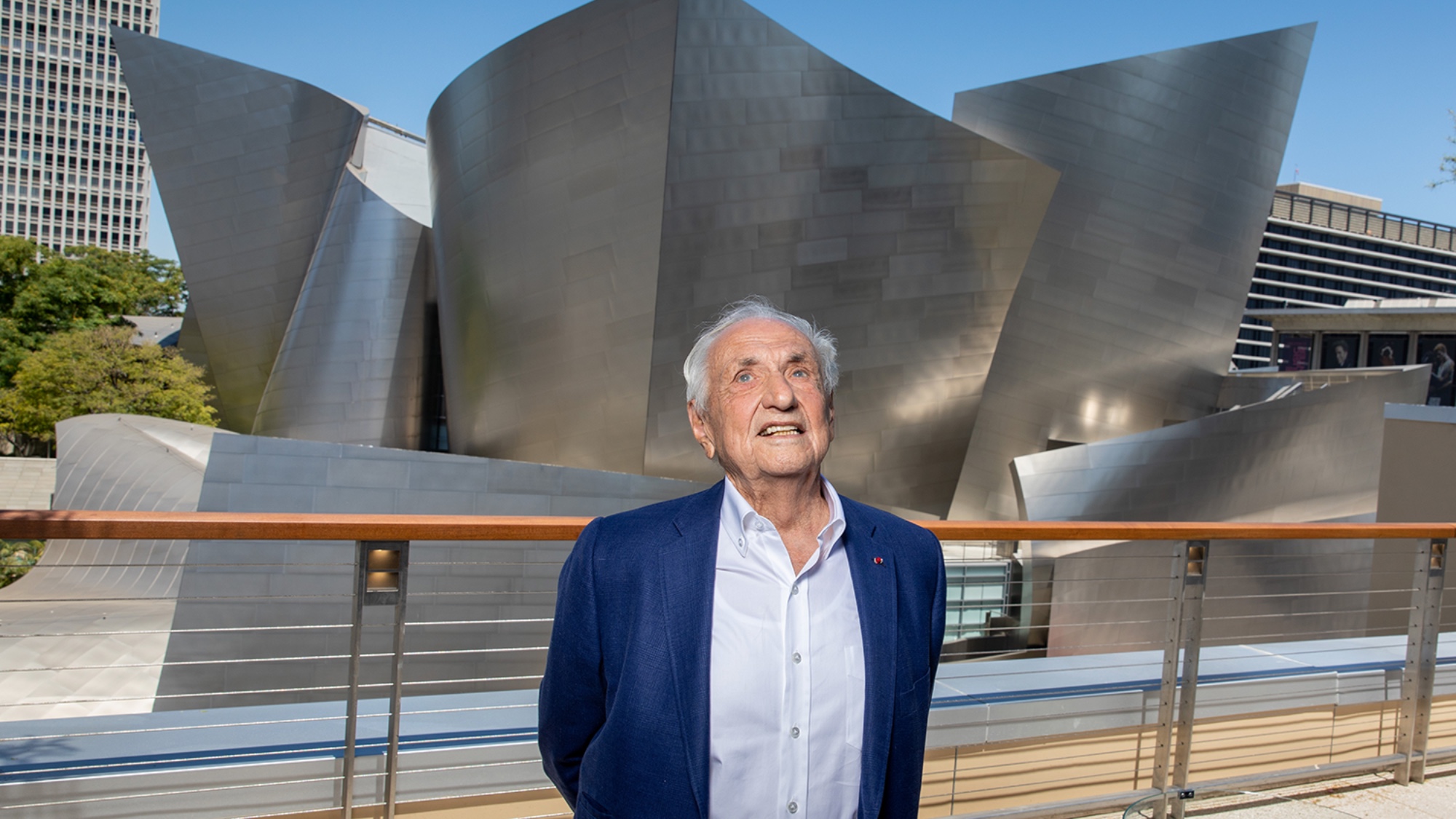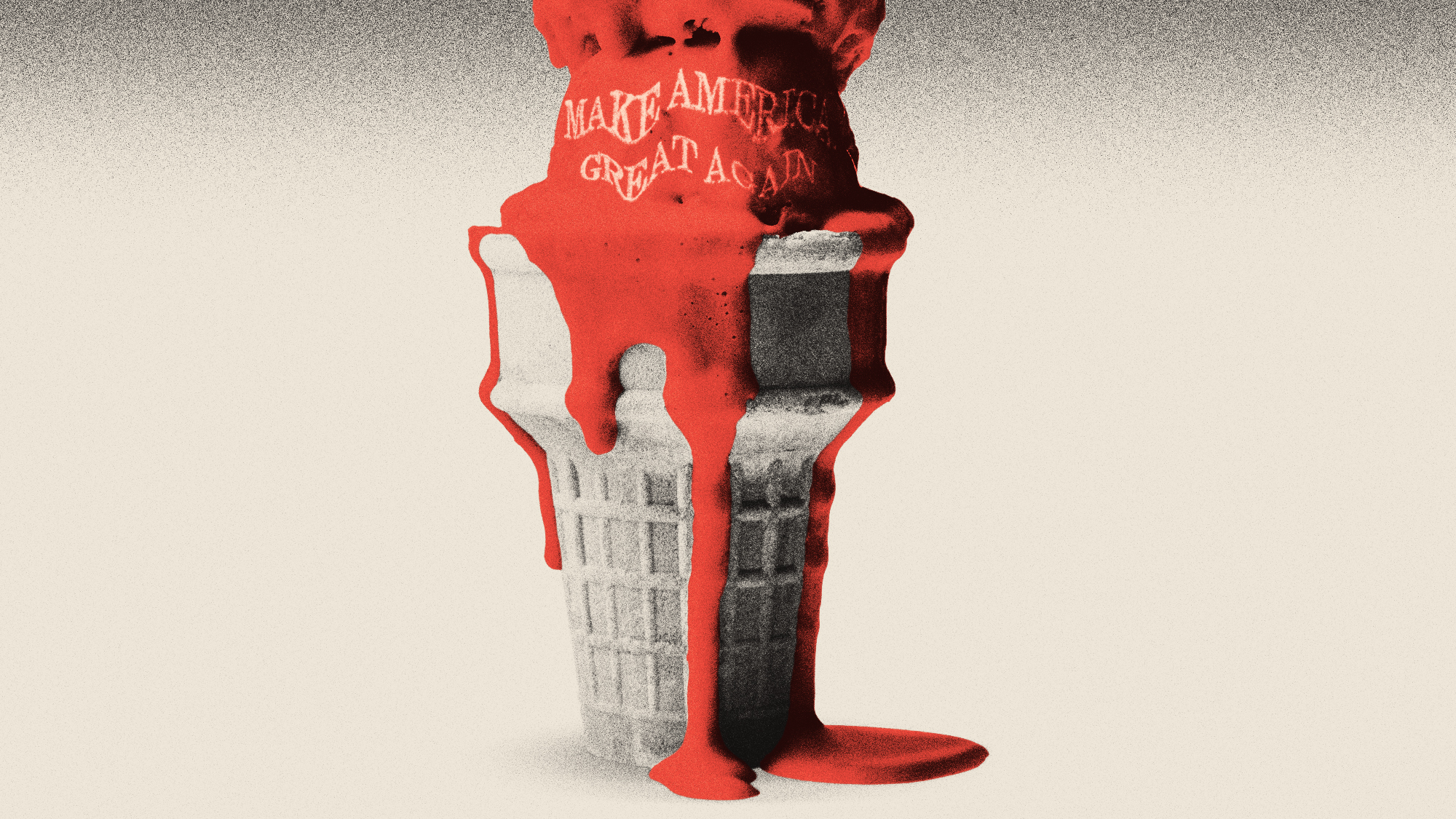How the CIA really caught bin Laden's trail
A new documentary has startling new information


Early on in Greg Barker's documentary, Manhunt, about the CIA's search for Osama bin Laden, the CIA analyst responsible for the "Bin Laden Determined to Attack United States" briefing for President Bush, Cindy Storer, is not a fan of those who criticized the agency before September 11 for failing to connect the dots.
"Connect the dots? Everything on the page was black," she says. That is, the problem before 9/11, as she saw it, was the agency was awash in information and unable to figure out how to effectively and efficiently turn it into effective, actionable intelligence. It's a sobering reminder as we hear lawmakers begin to criticize intelligence agencies for a failure of dot-connecting before the Boston Marathon bombing. In hindsight, it's very easy to see which dots should have been connected, and how, and it's just as easy to make assumptions about how we would have reacted had certain dots been connected. But that's ALL guesswork. No one really knows and the rest are just demagogues.
The film focuses on the agency's successful hunt for bin Laden, which you might look at as an example of good dot-connecting. But really, we don't know how much we don't know. At one point, though, the CIA's senior al Qaeda targeting analyst in Iraq, Nada Bakos, provides new information about how the CIA figured out that bin Laden had a single, favored courier, a nugget that, in retrospect, was critical to the chain of intelligence that ended in Abbottabad.
The Week
Escape your echo chamber. Get the facts behind the news, plus analysis from multiple perspectives.

Sign up for The Week's Free Newsletters
From our morning news briefing to a weekly Good News Newsletter, get the best of The Week delivered directly to your inbox.
From our morning news briefing to a weekly Good News Newsletter, get the best of The Week delivered directly to your inbox.
Some backstory: In 2004, bin Laden was very worried that al Qaeda was losing momentum in Iraq because Abu Musab Al-Zarqawi the self-appointed leader of al Qaeda in Iraq, was bombing Muslims indiscriminately. Bin Laden sends a letter that the CIA later gets its hand on; it implores Zarqawi to stop killing Muslims. Zarqawi ignores the letter. Bin Laden gets upset. The CIA figures out that bin Laden is about to send an envoy to Iraq to personally supervise al Qaeda there. His name is Hassan Ghul.
Ghul will travel through Kurdish territory to get into Iraq. The CIA enlists the help of the Kurdish government to capture him. The CIA asks permission to use harsh interrogation techniques against him. The Kurds pick Ghul up and debrief him. In the debriefing, he reveals that bin Laden uses a single courier with the nomme de guerre "Abu Ahmed al-Kuwaiti." THEN the CIA gets its chance to interrogate Ghul. What happens then is still classified. But those who have followed the bin Laden case for a while have always assumed that BECAUSE the CIA did interrogate Ghul, the information about the courier — the man who sent instructions about Iraq to him — came about during the CIA part of the interrogation. Bakos, who was in a position to know, has been able to get the CIA to declassify the fact the Ghul information came out BEFORE the CIA got to him. Before.
Now — here's what we know about how other parts of the bin Laden courier story were put together.
The CIA developed a human source within al Qaeda who learned Al Kuwaiti's real name. (This is according to the CIA's chief clandestine operations officer, Jose Rodriguez.)
A free daily email with the biggest news stories of the day – and the best features from TheWeek.com
The importance of al-Kuwaiti was confirmed when the CIA intercepted communication between Khalid Sheik Mohammed to other prisoners at a black site; KSM was apparently trying to warn his fellow prisoners NOT to say anything about the courier during their aggressive interrogations. The CIA had just asked KSM about him.
So — it was the Kurds, debriefing Ghul before the CIA ever touched him, who provided the insight about the courier. And it was a human source who gave the CIA his real name. Maybe the CIA did subject Ghul to torture after it picked him up — Bakos won't say what happened about the CIA took custody of him — but by that time, he'd already tattled.
And no, the Kurds did not torture Ghul. He literally gave up the name almost immediately upon capture.
Thanks to Bakos, who I'll talk about in another post, a key bit of the puzzle can be filled in: Based on what we know SO FAR, torture did not PRODUCE the intelligence leads that led to bin Laden's killing.
Manhunt premiers on HBO May 1.
Marc Ambinder is TheWeek.com's editor-at-large. He is the author, with D.B. Grady, of The Command and Deep State: Inside the Government Secrecy Industry. Marc is also a contributing editor for The Atlantic and GQ. Formerly, he served as White House correspondent for National Journal, chief political consultant for CBS News, and politics editor at The Atlantic. Marc is a 2001 graduate of Harvard. He is married to Michael Park, a corporate strategy consultant, and lives in Los Angeles.
-
 Metaverse: Zuckerberg quits his virtual obsession
Metaverse: Zuckerberg quits his virtual obsessionFeature The tech mogul’s vision for virtual worlds inhabited by millions of users was clearly a flop
-
 Frank Gehry: the architect who made buildings flow like water
Frank Gehry: the architect who made buildings flow like waterFeature The revered building master died at the age of 96
-
 Is MAGA melting down?
Is MAGA melting down?Today's Big Question Candace Owens, Tucker Carlson, Laura Loomer and more are feuding
